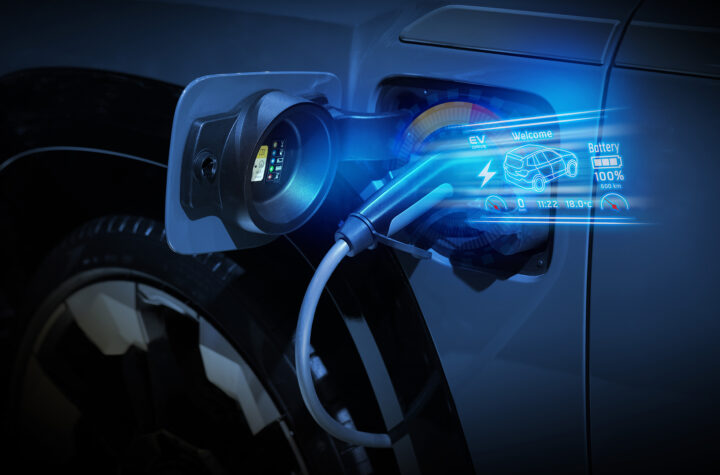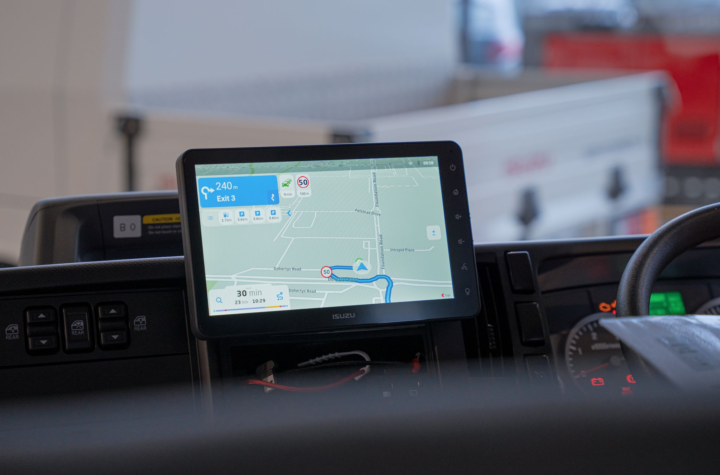
Since the beginning of the economic slowdown vehicle manufacturers have endured a prolonged contraction in revenue, especially in Europe. As these economic difficulties continue to linger, the automotive manufacturers’ aftermarket operations finds itself looking to increase retention rates and maximise revenues wherever possible.
Many aftersales branches are struggling to fill empty service bays, and in some instances, no longer require pre-booking. One area of potential revenue for these dealer networks is with the “middle-aged” motor car. Datamonitor estimates that vehicles aged between seven to 10 years represent approximately 20% to 35% of an economy’s parc – a significant untapped revenue base, something which has not escaped vehicle manufacturers. The challenge is how to capture these motorists in competition with the independent aftermarket (IAM).
A key psychological trait of the average motorist is that the cost of maintenance has to remain relatively proportional to the residual value of their vehicle. Therefore, as vehicles of 7-10 years have essentially bottomed-out in terms of depreciation, the majority of owners shift priorities – and service providers.
So how can manufacturers retain or indeed capture this section of the motoring market? Manufacturers such as Ford, Toyota, Fiat and Opel are experimenting with fixed-price limited-scope servicing for older vehicles, whilst other approaches (such as BMW’s ebay site) cater for vehicles of this age (and above) too. Whilst most of these approaches are having a positive impact, it is only limited.
Without increasing the size of their networks, manufacturers could look to expand the eligibility for existing service products to older vehicles. For example the “service contract” concept has worked well for manufacturers, with resale values of BMW’s Mini, for example, being higher if the vehicle has an active “TLC” service package. These packages invariably act as loss-leaders for the provision of services and maintenance not covered in the agreement. Another option is to offer “component-for-life” guarantees. Much in the same way as some fast-fitters and large-chain independent garages do with brake pads.
A more radical approach takes its cue from the rise in popularity of large-scale independent garages (such as Bosch Car Service, or the ‘service concepts’ that are popular across mainland Europe). An important point here is that the most successful operators in the independent aftermarket offer a combination of being trusted and local (within a 20 minute drive) – as well as being competitively priced.
Therefore, the question manufacturers should be asking themselves is: why not join in? Considering that a significant portion of accident repair is outsourced to the IAM (which includes “manufacturer approved” repair centres), why not develop an adjacent concept? Of course there will be barriers, but the benefits are obvious: the independent garage receives a “manufacturer approved” halo effect, driving footfall, whilst the manufacturer increases its footprint by proxy, and ensures supply of (and therefore revenue from) official components.
However fanciful this concept may seem, the fact of the matter is that without bold action motorists will continue to vote with their feet, and the middle-ground will stay out of reach for the manufacturer. Furthermore, it should be remembered that with the ever-increasing sophistication of vehicle technology, the “middle-ground” will soon be saturated with vehicles that can only be worked upon by well-trained garage networks with access to the latest technologies, or the main dealers themselves.
Either way, manufacturers need to consider their options and come out fighting, as the potential market is growing, and in the current economic climate, maintaining the status quo is proving to be worryingly inadequate.














More Stories
Cybord TCI – The Future of Manufacturing Integrity
Meet Rita Case – recipient of 2024 NAMAD Lifetime Achievement Award
Getac on AI’s transformative impact on automotive production and aftersales